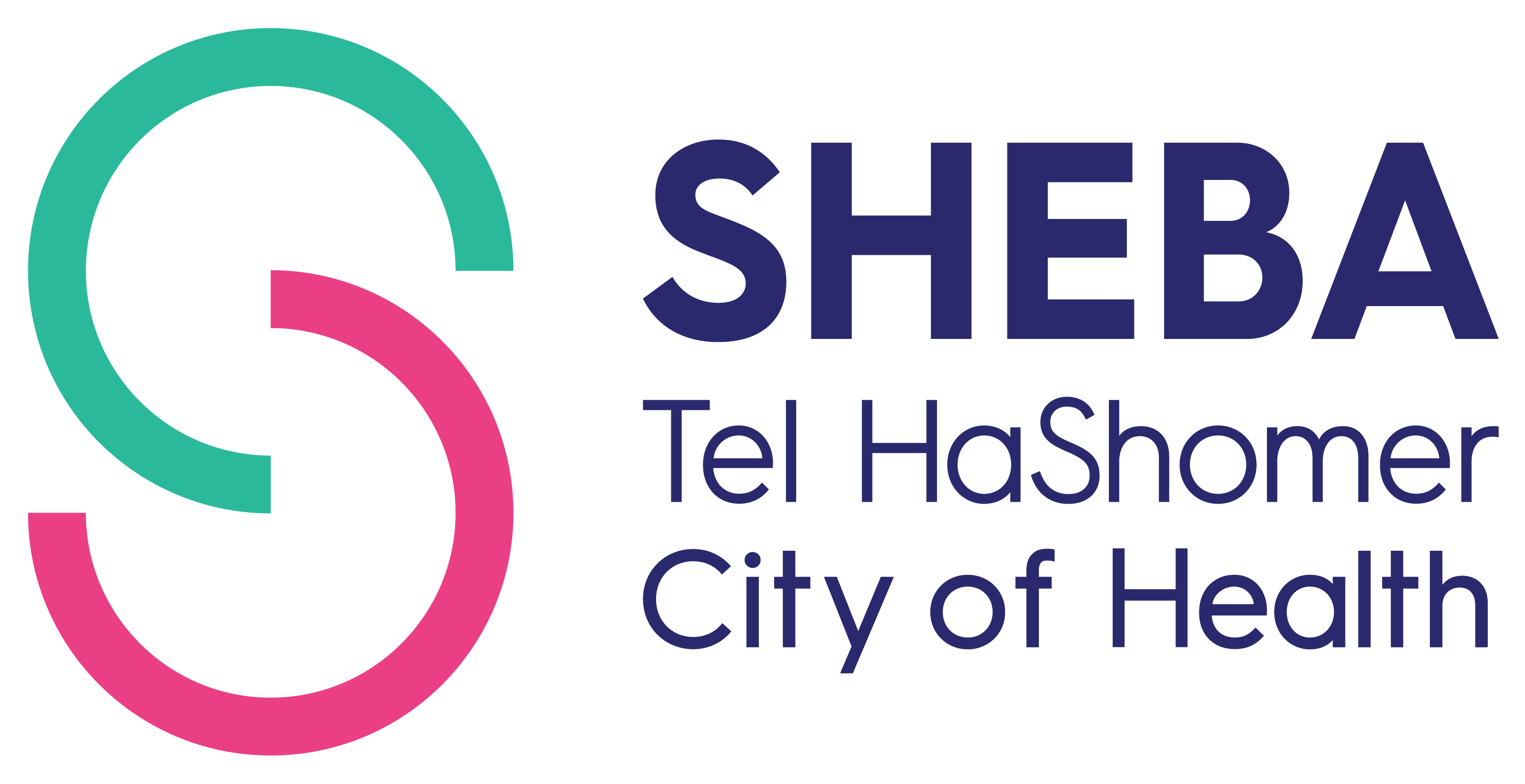Gene Variants Linked to Acute Lymphoblastic Leukemia in Down's Syndrome
By Michael Smith, North American Correspondent, MedPage Today, September 19, 2008
RAMAT GAN, Israel, Sept. 19 -- About one in five cases of Down's syndrome-associated acute lymphoblastic leukemia can be linked to genetic mutations identified by researchers here.
The variants are on the Janus kinase (JAK2) gene on chromosome nine, where mutations are known to be associated with myeloproliferative disorders, according to Prof. Shai Izraeli, M.D., of the Department of Paediatric Haematology Oncology at the Sheba Medical Center here, and colleagues.
But these particular genetic variants -- all affecting a highly conserved arginine residue, R683 -- differ from the most commonly seen alteration (dubbed V617F), the researchers reported online in The Lancet.
The findings come from a genetic analysis of bone marrow from 88 patients with acute lymphoblastic leukemia associated with Down's syndrome, as well as from 109 patients with sporadic B-cell precursor childhood acute lymphoblastic leukemia, 11 with Down's syndrome-associated acute megakaryoblastic leukemia, and 96 with essential thrombocythemia negative for the JAK2 V617F mutation.
The researchers also analyzed 23 leukemia cell lines.
The study found that 18% of the Down's syndrome children with acute lymphoblastic leukemia had an alteration of the R683 locus.
Three of the changes were missense variations that swapped the arginine for another amino acid and two were complicated deletions and insertions immediately upstream from the R683 locus, the researchers said.
In contrast, among the 109 non-Down's patients with sporadic B-cell precursor acute lymphoblastic leukemia, only one, a 20-month-old child, had an R683 mutation. Interestingly, the researchers said, genetic analysis showed the child had an isochomosome at chromosome 21 -- the short arm had been lost and replaced with an identical copy of the long arm.
The Down's children with a JAK2 mutation were significantly younger on average at diagnosis (P0.0001) than those with a wild-type gene -- 4.5 years versus 8.6.
In vitro, the mutations caused cytokine-independent growth of mouse BaF3 cells, suggesting that the mutations are gain-of-function drivers.
The growth was highly sensitive to inhibition with JAK inhibitor I compared with cells expressing the so-called Philadelphia chromosome, the researchers said.
The implication is that JAK inhibitors -- some of which are now in clinical trials -- might be useful in treatment of Down's children with these mutations, Dr. Izraeli and colleagues said.
The finding is "notable for two reasons," said Charles Mullighan, M.D., of St. Jude Children's Research Hospital in Memphis, Tenn.
Writing in an accompanying editorial, Dr. Mullighan said the variations are among the first recurring mutations identified in this subtype of leukemia. Also, he said, the researchers have now implicated JAK2 in the pathogenesis of a lymphoid rather than a myeloid malignancy.
The association between JAK2 and two different types of malignancy is "striking and suggests that the nature and location of the mutation is crucial in dictating the perturbation of downstream signaling and eventual cancer phenotype," he said.
Dr. Mullighan added that genome sequencing, coupled with other genome-wide analyses, "will lay bare the genome of acute lymphoblastic leukemia, and allow us to identify logical pathways for therapeutic intervention in this disease."
The study was supported by the Israel Trade Ministry, the Israel Science Ministry, the Jewish National Fund UK, the Sam Waxman Cancer Research Foundation, the Israel Science Foundation, the Israel Cancer Association, Curtis Katz, the Constantiner Institute for Molecular Genetics, the German-Israel Foundation, and the European Commission.
No conflicts were reported.
Reviewed by Zalman S. Agus, MD, Emeritus Professor, University of Pennsylvania School of Medicine
Primary source: The Lancet
Source Reference:
Bercovich D, et al "Mutations of JAK2 in acute lymphoblastic leukaemias associated with Down's syndrome" Lancet 2008; DOI: 10.1016/S0140-6736(08)61341-0.
Additional source: The Lancet
Source reference:
Mullighan CG "JAK2 -- a new player in acute lymphoblastic leukemia" Lancet 2008; DOI: 10.1016/S0140-6736(08)61342-2.
Prof. Shai Izraeli MD, lead author of the paper, can be reached at the Sheba Medical Center in Israel at Shai.Izraeli@sheba.health.gov.il









